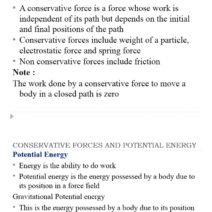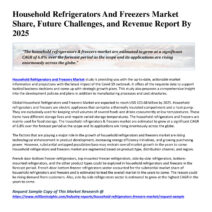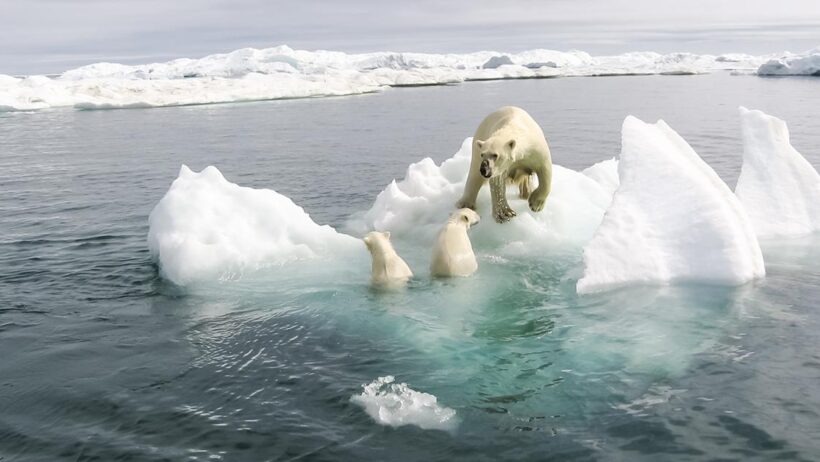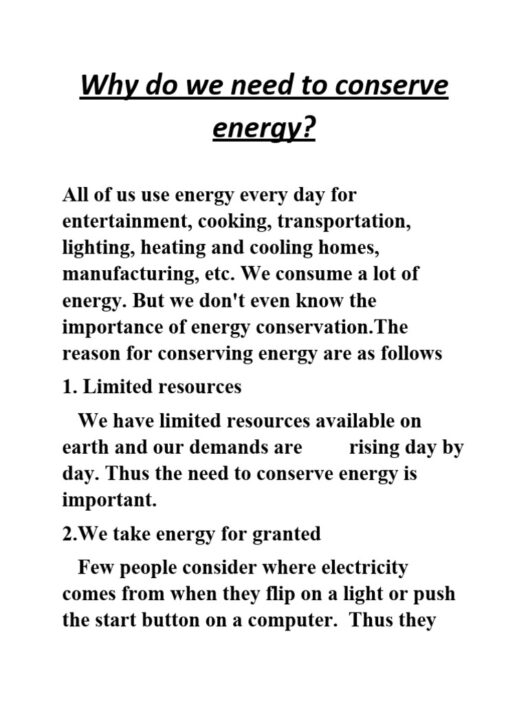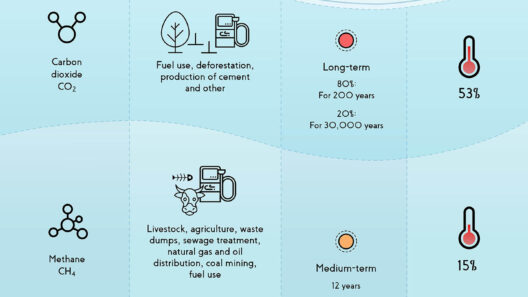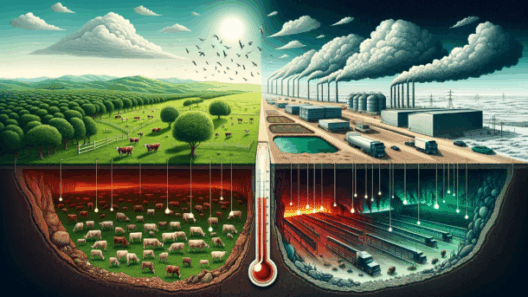The planet we inhabit is much like a delicate balance, teetering on the fulcrum of stability. Each shift in its equilibrium can create cascading effects, much like the ripples caused by a single pebble tossed into a still pond. Among the myriad of challenges our world faces, global warming stands out as an urgent alarm bell, calling for our immediate attention. Beneath the surface of rising waters and melting glaciers lie the root causes of this phenomenon, each woven tightly into the fabric of human activity.
At the heart of global warming is the greenhouse effect, a natural process that allows the Earth to maintain a temperature conducive to life. However, this process has been amplified by human actions, transforming what was once an essential feature of our climate into a formidable adversary. To understand why global warming occurs, it is crucial to delve into the primary contributors that exacerbate this warming trend.
Humanity’s insatiable appetite for fossil fuels serves as one of the most significant catalysts for rising global temperatures. The burning of coal, oil, and natural gas releases an unprecedented amount of carbon dioxide (CO2) into the atmosphere. This influx of CO2 acts as a thickening blanket, trapping heat and causing a rise in the planet’s overall temperature. Like a car engine left running in a closed garage, this buildup of heat ultimately suffocates the very systems it sustains. In the quest for progress and development, we have recklessly disregarded the consequences of this reliance on fossil fuels.
Industrial activities, ranging from manufacturing to agriculture, further exacerbate global warming. Factories emit various greenhouse gases, including methane (CH4) and nitrous oxide (N2O), both of which are far more potent than CO2 in their heat-trapping capabilities. These emissions are like a slow poison seeping into the atmosphere, generating a heat wave that engulfs the planet. Agriculture, particularly livestock farming, contributes significantly to this issue, as methane is released during digestion and through manure management. As we pursue food security and economic growth, we must confront the inconvenient truth that our agricultural practices are part of the problem.
The deforestation of forests, often referred to as the lungs of our planet, further compounds the severity of the crisis. Trees play an essential role in absorbing CO2, but when they are felled to clear land for agriculture, urban development, or logging, this natural defense against greenhouse gas accumulation is compromised. The result is a double-edged sword: not only is CO2 removed from the equation but the trees that would have otherwise helped mitigate climate change are lost forever. As the verdant landscapes vanish, the earth struggles to breathe, and the effects of rising temperatures become increasingly pronounced.
Urbanization also carries an invisible weight in its wake. The proliferation of cities leads to the creation of heat islands, wherein urban areas become significantly warmer than their rural surroundings. The combination of concrete, asphalt, and the energy consumption of modern life further escalates local temperatures, contributing to the larger phenomenon of global warming. This urban heat is forgotten by many, yet it exacerbates the struggles of vulnerable populations who seek respite from increasingly sweltering summers.
Another oft-overlooked contributor is the consumption pattern prevalent in modern society. Our throwaway culture, where items are designed for limited use and rapid replacement, has led to a surge in waste. Landfills, bursting with discarded materials, emit methane—a greenhouse gas that can be thirty times more effective than CO2 at trapping heat. This spiraling demand for new products not only accelerates waste generation but also fuels the production processes that are at the heart of industrial emissions. Each purchase we make reverberates, amplifying the climate crisis that expands with every transaction.
As we weave through these complex layers, climate change is not merely an environmental issue; it is intrinsically linked to social justice. Marginalized communities often bear the brunt of the consequences of global warming, facing displacement, health risks, and loss of livelihood. The burden of climate change does not fall equitably; those who contribute least to greenhouse gas emissions often suffer the most. This stark disparity amplifies the need for a collective response, wherein equity becomes a guiding principle in the design of climate solutions.
The alarm bells of global warming reverberate through the hearts of many, but action is imperative. Transitioning towards renewable energy sources such as solar, wind, and hydroelectric power serves as a critical step towards mitigating the root causes of rising global temperatures. Furthermore, promoting sustainable agricultural practices and reforestation initiatives can help restore balance to our delicate ecosystems, allowing nature to act once again as a buffer against climate change.
In conclusion, the causes of global warming are multifaceted and deeply intertwined with our daily choices. The quest to combat this pressing crisis can often feel daunting, yet understanding the root causes equips us with the knowledge to forge a path towards a sustainable future. Let us not overlook our role in nurturing the planet; instead, let us embrace the moment to act, ensuring that the ripples we create extend towards preserving the delicate balance on which life thrives.
